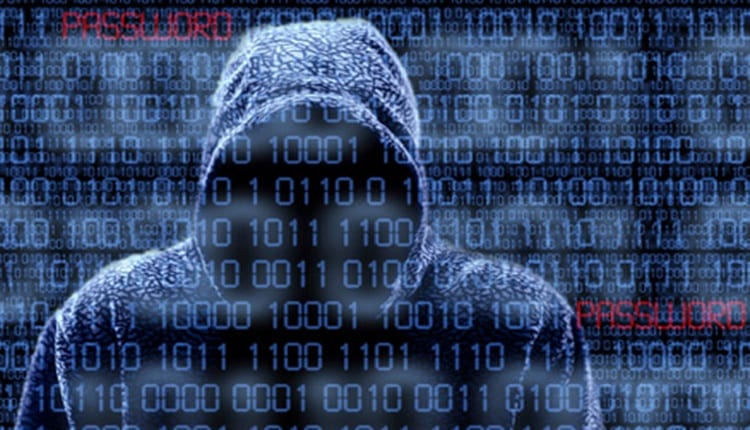Amid the pandemic, 50% of companies in India faced cyber-attacks at least once a day, with 16% attacked each hour, reveals the Acronis Cyber Readiness Report, 2021. The report further states that 58% of IT managers and 26% employees in India have reported that they are frequently targeted by phishing attacks. The report further highlights that 58% of employees in India suffer from weak IT infrastructure and being unable to add new devices, which is twice the global average and India has the lowest adoption rates of Multifactor authentication(MFA) technology among IT managers with 50% not implementing it or only using it on some accounts.
This year’s independent survey of 3,600 IT managers and remote employees at small and medium-sized companies, in 18 countries including India, provides a comprehensive overview of the modern cybersecurity landscape and the key pain points faced by businesses and remote employees worldwide. With employees working from home, Wi-Fi connectivity is reported a top issue for 67% of remote employees in India, and this is causing remote workers to cut corners on data protection procedures. Acronis’ research from last year exposed key vulnerabilities that required businesses to plan and implement solutions since more than 80% of global companies admitted they were not prepared to transition to remote work.
Below are some key findings from global statistics with a focus on India:
Malware attacks are also increasing in 2021: India reported 46% in the last year, far above the global average of 36.5%
While video conferencing attacks have decreased globally since 2020, India reports an increase in 46% of its companies
In India, 26% of respondents confirmed being targeted by phishing attacks monthly
Smaller fraction of IT managers uses MFA on all accounts – 26% in Singapore, 21% in Australia and 18% in India
In response, organizations worldwide have begun to prepare for the growing threats – but for every step companies are taking, cybercriminals have already taken three.
The demand for antivirus solutions globally has grown from 43% last year to 73.3% in 2021. However, companies are just discovering that standalone antivirus solutions no longer work against modern threats
The global demand for vulnerability assessments and patch management grew significantly: from 26% in 2020 to 45% this year. This can be attributed, in part, to the increased volume of vulnerabilities exposed this year in critical and in-core software deployments such as Microsoft Exchange servers, Chrome browsers or Apache webservers
Not surprisingly, the demand for better and more secure remote monitoring and management tools grew over three times worldwide– 35.7% this year, up from 10% in 2020. With remote work now being recognized as a long-term default format of work, it’s more important than ever for IT managers to be able to monitor and manage a wide range of remote devices
In last year’s Acronis Cyber Readiness Report 2020, we saw an increase in adoption of new services – especially SaaS and Cloud Computing services – and this year, companies continue to adopt new solutions. However, this has increased the overall complexity of IT environments, which most likely will cause additional breaches and unplanned downtime in the future
“The cybercrime industry proved to be a well-oiled machine this year – relying on proven attack techniques, like phishing, malware, DDoS and others. Threat actors are increasingly expanding their targets, while organizations are held back by the growing complexity of IT infrastructure,” says Candid Wuest, Acronis VP of Cyber Protection Research. “Only a small number of companies have taken the time to modernize their IT stack with integrated data protection and cybersecurity. The threat landscape will continue to grow, and automation is the only path to greater security, lower costs, improved efficiency and reduced risks.”
Remote employees make the most attractive targets
On an average, one in five remote employees from around the globe, get heavily targeted by phishing attacks. These Acronis findings and external research clearly illustrate why organizations need a cyber protection solution that reduces complexity and improves security to support remote work environments, and that this solution must be cost-effective in order to address the increased scale of the remote workforce.
One in four remote employees across the globe, reported struggling with the lack of IT support as one of the key challenges they faced this year. The top-three tech challenges identified by remote employees globally: Wi-Fi connectivity, using a VPN and other security measures, lack of IT support.
One in four remote employees do not use multi-factor authentication – making them easy phishing targets with phishing being the most common attack type in 2021 globally.
Learning to identify phishing attacks through cybersecurity awareness training is crucial in keeping organizations and personal assets protected.
Unfortunately, cybercriminals don’t need to be tech-savvy to create chaos anymore – take malware for example. Cybercriminal gangs have further expanded their malware-as-a-service model, that provides step-by-step guides on how to make a profit out of compromising targets.
Yet despite the growing dangers for employees, remote work is here to stay; people will continue to work and hire remotely, and that’s the reality most IT teams still need to get ready for: finding a solution to hardware shortages, increased complexity, an increased need for IT support and better cybersecurity solutions. This is an existential crisis companies must prepare for now – the potential costs for not doing so are just too great.
Both the global and regional reports available for download via Acronis blog. For more information on any findings or trends featured in the report, reach us via email at: AcronisMedia@acronis.com.



